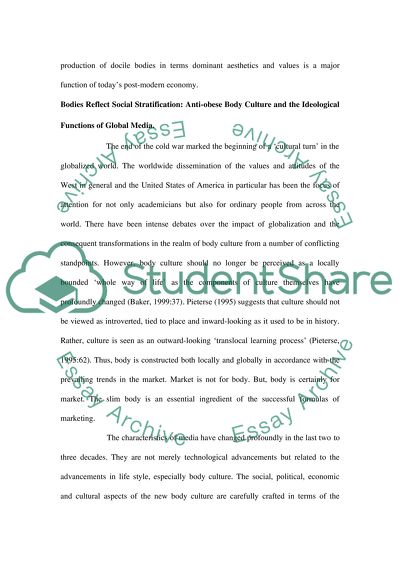Cite this document
(“American Body Culture Essay Example | Topics and Well Written Essays - 3000 words”, n.d.)
Retrieved de https://studentshare.org/sociology/1514968-american-body-culture
Retrieved de https://studentshare.org/sociology/1514968-american-body-culture
(American Body Culture Essay Example | Topics and Well Written Essays - 3000 Words)
https://studentshare.org/sociology/1514968-american-body-culture.
https://studentshare.org/sociology/1514968-american-body-culture.
“American Body Culture Essay Example | Topics and Well Written Essays - 3000 Words”, n.d. https://studentshare.org/sociology/1514968-american-body-culture.


